No products in the cart.
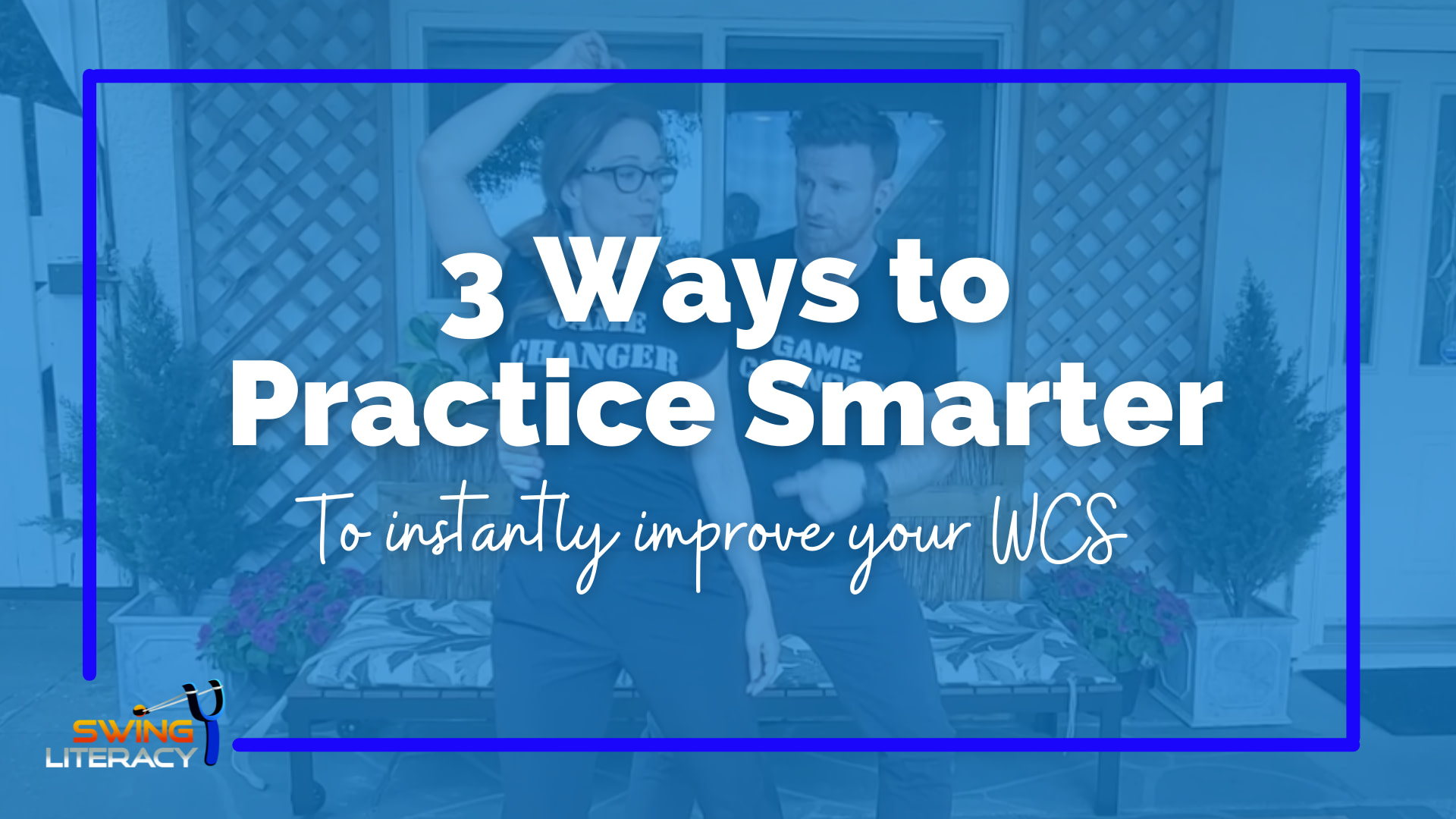
Reading Time: minutes remaining
Enter your text here...
Wanna improve your West Coast Swing? Social dancing isn't enough. You need to actually practice. But practicing is actually a skill unto itself, one that most partner dancers never actually learn explicitly, so it ends up being resented, inefficient, or neglected completely. But you neeeeeed it and there are so many ways to make it fun and effective!
So let's examine 4 ways you might be practicing inefficiently, and 3 ways you can practice today to immediately feel improvement in your WCS.
Are you practicing inefficiently?
Inefficiency #1: Only practicing by "thinking while social dancing"
What does "practicing" look like for your West Coast Swing? If it just means social dancing with one partner and "thinking about technique" as you go, I hate to break it to you but that's not practice - that's trying to play the actual game of WCS.
Think about how soccer players practice - they warmup, they do some solo drills, then some drills with an opponent, then some set plays, and only toward the end do they actually scrimmage (play a mock game). How do you think their skills will improve if all they do at practices is scrimmage?
So believe it or not, if you want to improve efficiently at WCS, you need to spend the majority of your practice time on skills that aren't actually the social dancing itself. You need deliberate practice, and the majority of this involves drills, not the full meal dancing deal.
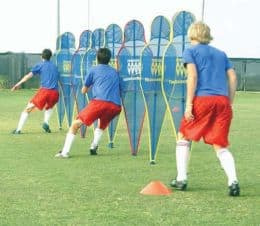
Inefficiency #2: Not having a plan
You can schedule a practice time pretty easily, and showing up and getting started isn't that much harder. But it's wasted effort if you don't have a plan for your practice. Think back to the soccer players - they don't just pull drills out of a hat - they create a cohesive plan so their drills build on each other to create a balanced practice and workout.

If you don't decide in advance what you are going to work on, for how long, and how deeply, you run the risk of getting distracted going down a rabbit hole and not being productive with your time. This can lead to frustration for you and/or your potential partner, which can sour your impression of "practice time", which then makes you want to avoid it.
No matter how long or short your practice is, making a plan in advance will keep you on track and feel like you accomplished something.
Inefficiency #3: Flying without Feedback
Hopefully you have heard "Practice makes perfect" debunked and know that reality is that "Practice makes Permanent", or at least until you practice something to override it. But practice is meaningless without feedback.
Now, before you assume that "feedback" only means "advice", let's clarify: Feedback is any kind of indication of a result of your action. For example, scoring a goal is feedback. Sore muscles after a workout is feedback. Recognizing that the dish you cooked needs more salt is feedback.

So when you practice WCS, you need as many forms of feedback as you can get: mirror, video, partner reaction, partner comments, coach observations, etc. If you are practicing without at least one of these, you might be wasting your time. It's like practicing putting in the dark - how are you supposed to know how to adjust your aim for each shot if you can't tell if the last one was even near the hole?
Inefficiency #4: Mirroring & Memorization
The mirroring & memorization method works brilliantly for some dances like ballroom because in ballroom there are set techniques for every movement that are precise and predictable so as to compare dancer to dancer. There is agreement in the ballroom world on what a “proper” pattern should look like. And the closer you can get to replicating that ideal movement, the better.
This agreement does not exist in Swing. Swing is more abstract, visually, and has a lot more variables involved: partner, music, tempo. Plus, there is the ultimate variable of being able to change a pattern part way though and morph it into something else.
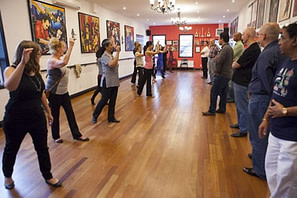
This means that while the rules of physics are a constant, predictability goes out the window in WCS. What you are left with are three critical things:
- leading and following skills (the relationship between you and your partner),
- creativity (your relationship to the music), and
- body control (your relationship with your own body). Otherwise known as quality-of-movement
Here’s how I would go about practicing each:
How to Practice your Lead/Follow (aka Teamwork)
This is probably the single most neglected thing we see when we teach workshops around the world. Students know their patterns and they can stay on time with the music, but they have no idea how to handle another body in their arms.
Partnering is a fundamental skill, with a ton of sub-skills. It’s something that you need to learn and train independently from the larger game of pattern application, like vocal exercises for singing, kata in martial arts, or a test kitchen for cooks. In a contained environment, you can practice and get external feedback without the added distractions or pressures of music and patterns. You need drills for this, and feedback on those drills.
But it’s rare for group class instructors to come around during class and dance with you and give you regular feedback on your connection, stretch, etc, so how are you ever going to know if what you are doing is right? So:
- Realize the paramount importance of understanding connection & teamwork
- Seek out and ask for drills to work on all the types of connection. Drills should make up at least 50% of every practice session.
- If you aren’t getting feedback already, seek it out. But seek it from the right sources. Your instructor is likely a good model, might not be thorough at teaching connection, so you might need to source feedback from multiple instructors. The next best source to ask are the advanced dancers. If you’re a leader, ask the advanced followers which leader “feels” the best to them and why. Then ask them to give you feedback on how you feel. Vice versa for followers.
- If you ARE getting feedback from your awesome instructor, be proactive and ask for confirmation and direction: “Is THIS what you mean?” (then show them), “Do you mean heavier or stronger?”. If it’s not in a class situation, an instructor will avoid offering advice unless asked for feedback specifically. You have to take the initiative. If it’s a quick question, a private shouldn’t be necessary, but if it’s more than minute or two of instruction, you might need to make an appointment for a private lesson.
- During your practice sessions, repeat several moves in a row, then have your partner give you feedback on your connection consistency and variations.
How to practice your Creativity (Timing)
I’m calling these the same thing because they both refer to the relationship to the music. Timing is the idea of being “on time” with the music and creativity is “acting out” the music and making it come to life. This is a DEEP topic for me – I could go on and on, but I will try to focus: To practice,
- In the car – practice counting phrases and predicting the breaks. Practice “grooving” using your core while isolating your hands and feet. Practice tapping out the rhythm of the lyrics on the wheel.
- In front of the mirror: Pick one body part. Then listen to the music and see how many ways you can move that body part to the music of the song. Then switch it: Pick one instrument and as you dance try to mimic the instrument with different body parts.
- On a floor – practice walking in time, in various directions: to the backbeat, then to the baseline, then to the lyrics
- With a partner – practice accelerating/decelerating patterns to fit the song.
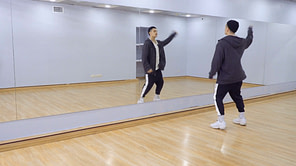
There’s more to it, this is just the tip of the iceberg, but you can get the whole story inside the Swing Literacy Dancer Development Program.
How to practice your Body Control (aka Technique)
1. Learning the technique
Once we learn the “authentic” fundamental technique of Swing, we can create departures from it and experiment with styling etc. I use the word “authentic” because there are so many versions of what “proper” technique is. The point is, technique is designed to create the most efficient and ergonomic movement possible.
Without technique you are just running around holding hands
You really gotta learn to crave technique. Technique will set you free. The problem is that so many dancers try to skip technique and go straight for the “good” stuff (patterns & styling). What they don’t get is that...
Technique is what makes those patterns and styling actually work.
How to practice technique?
same as above – mimic pros (be careful though – have high standards), use a mirror, and get external feedback. But know that not all instructors can teach you the technique that they use, because they either don’t know how to explain it, or they are just in the habit of teaching the way they were taught and not how they actually dance.
Yes there are many ways of doing this dance correctly, but there are also many ways to possibly do it wrong. So try several techniques to see which one feels most natural to you. Don’t force yourself to do something that still feels awkward and uncomfortable after an honest effort. Then take lessons from a different instructor to keep shopping until you find a new method that feels better.
Technique is best learned one-to-one in a private lesson. Here are a few pitfalls to avoid practicing bad habits:
- Never practice “stretch” with an elastic band in your hand. This is training your arm to be rigid while the elastic does all the work.
- Always hold on to an object while practicing your personal body movement, so you can manage something in your hand that represents your connection and to make the movement more oriented towards a partner and therefore applicable to WCS.
There are MANY more where these came from, and we provide all of them, in detail, with replacement habits and drills to learn them progressively in the Swing Literacy Dancer Development Program.
2. Visual Feedback
They key idea is: as long as you learn how to lead or follow, you can dance anything with anyone to any music.Practicing and developing your leading and following is exponentially more beneficial than staring in a mirror and memorizing body movements.In fact, I would only recommend that particular practice strategy for someone doing choreography, not social dancing. The mirror provides feedback in the moment. It serves to give you a visual reference.
- Associate what you see in the mirror with what you feel in your body.
- Then as you adjust/fix the image, note which muscles are working to assume the new positioning.
- Once you have seen the movement correctly a few times, and incorrectly a few times, your brain will program those images so you won’t need the mirror after a while. So then turn away from the mirror and work on recreating that motor pattern without the visual confirmation.
Ever notice how you have the BEST social dances immediately after watching the Invitational J&J or Strictly? Research has demonstrated that observers of an activity experience almost the same quantity and quality of brain activity as the performer of the activity. This is why we love our spectator sports. When you watch Pros dance, you are, in a way, experiencing that dance with them. Your brain is programming new patterns (neural patterns, not swing patterns) as you watch, so even though you’ve never done a dip-slide before, the idea of it is planted and you could replicate it with practice.
I’m a big fan of imagery. If you can assign an image or compare a movement to something else familiar in your life, your brain associates the image to the desired movement and applies the same action. This is why we use alot of visual analogies in workshops.
3. Real life feedback – in the wild!
Nothing beats social dancing for muscle memory practice – experiment with an endless line of guinea pigs!
Dancing with lower level dancers is the best way to practice while social dancing, especially if they have NO IDEA that you’re actually practicing something. It teaches you to adapt to a wide range of variables.
From a fitness or martial arts perspective, this is gold. Each partner presents you with a different set of habits/skills, and by accommodating these, you are training your brain and body to react faster and more appropriately to each set of conditions.
Lower level dancers are less predictable, which adds an additional variable, that you can turn into a game for yourself. Make it a game to see how smoothly you can lead the follower who is rigid or wiggly. As a follower, see how much footwork you can squeeze in without negatively affecting his lead.
The next best way is to dance with someone who knows you well and knows how you usually dance and feel. They’ll be able to recognize when things are changing for better or worse.
All that said, I commend you and thank you for being a thoughtful dancer who is being proactive in improving your dancing!!!
This is just the beginning...
These practice tips just scratch the surface of the way we train dancers to #trainWCSsmarter inside the Swing Literacy Dancer Development Program. If you are ready to make your practice more effective and progress WAY faster, get started with this DIY program ASAP.
You must be logged in to post a comment.
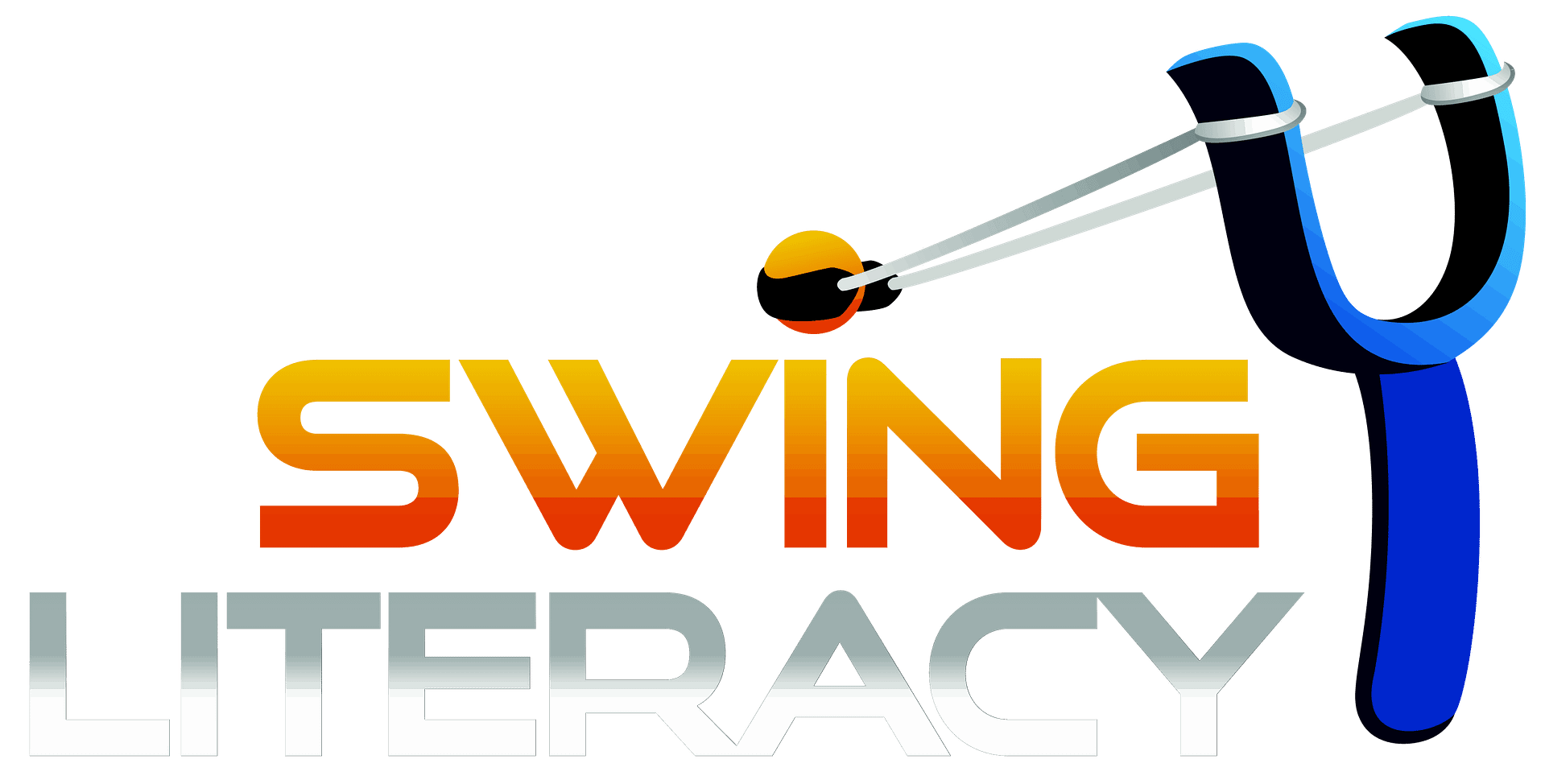
Very nice post. I just stumbled upon your blog and wanted to say that I’ve really
enjoyed surfing around your blog posts. In any case
I will be subscribing to your feed and I hope you write again very soon!
I’ve been a big fan of yours ever since I learned WCS 6 years ago. I would check out your YouTube videos and fell in love with your style. Just came upon your blogs today and found them so interesting to read. Looking forward to reading more. Thanks for all that you bring to enhance my enjoyment of this wonderful dance.
Thank you AnnMarie! Hope to meet you someday.
This is great advice for me as a beginner, just lovely to get this kind of instruction from such a top level dancer. Thank you for your thoughtfulness to make your knowledge available to everyone. I’m striving to be a better dancer but it’s hard when there not many opportunities to practice with a partner.
Thanks for your comment, Sylvia. Have you found this page yet? FAQ’s
I very recently started reading your articles and am so happy a dance friend pointed me here. I enjoy how you analyze various aspects of the dance, and I am going to try to start acting on your advice right away. I have been dancing WCS for a few years, and have been at a plateau/impasse for quite some time (most of the time I must say!). I have been at a loss as to how to improve, and how to practice so that it actually goes somewhere, and this article and others you have posted give some great suggestions . I am going to start being more focused about how I practice, and proactive about getting feedback from instructors and my leader friends. . I will keep reading – you have a wealth of knowledge and experience. Thanks for sharing your thoughts and ideas.
So glad to hear feedback like this! Thanks for sharing, and I’m happy my writing is helping! Good luck!
Excellent Tessa! Thank you 🙂 Dancingly, Debbie
So glad to see the stretch elastic band debunked in print here! When I first saw folks being coached to run around with these years ago it made me nervous, and I felt the same thing…. It guides one to lock the elbow instead of developing the oh so precise, sough-after elasticity technique…. Thanks you guys! – Yay!,,